By bringing a large number of fishing vessels to Ba Dau Reef, it is very likely that China will apply the "cabbage tactic" to gain de facto control of this area.
In recent days, China has been stirring up international public opinion by sending a series of ships near a reef in the East Sea, known as Ba Dau Reef, a coral reef belonging to Sinh Ton cluster of Truong Sa archipelago, under the management and sovereignty of Vietnam.
The "three-pronged strategy" plot
Ba Dau Reef is an undeveloped and uninhabited coral reef. As the easternmost geographical structure in the Sinh Ton cluster in Truong Sa, Ba Dau Reef is strategically located and is an ideal base for monitoring and mobilizing the entire adjacent sea area.
The Philippine government said the presence of these vessels was "a concern because of overfishing and destruction of the marine environment, as well as the potential risks to safe navigation at sea".
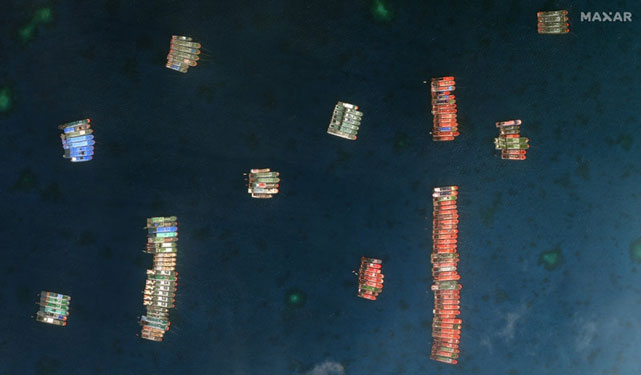
China sends a series of ships to the Ba Dau rock area. Photo: MAXAR
The move comes after China recently passed a new Coast Guard Law that allows the Chinese Coast Guard to use weapons in certain situations in “jurisdictional waters.” Of course, China’s claims to the South China Sea have no legal basis and were formally rejected by the Permanent Court of Arbitration in 2016.
Some researchers believe that this is part of China's "three warfares", meaning that China wants to use "psychological warfare, legal warfare and media warfare" to achieve its goal of monopolizing the East Sea without resorting to military war.
In addition, to avoid military conflict (which would involve many world powers, which could be disadvantageous to China), China always uses disguised fishing vessels (also known as maritime militia vessels) along with coast guard and coast guard vessels to sink fishing vessels of fishermen from other countries; at the same time, it illegally intrudes and threatens fishing vessels, oil and gas exploration and exploitation vessels of other countries in the East Sea, even though they are operating in their exclusive economic zones. This tactic is called "gray zone tactics" by Western researchers.
Protect the illegal "cow tongue line"
China has continuously tested and adjusted its "gray zone tactics" through confrontations with law enforcement forces of other countries in the East Sea since 2006. The purpose of these harassment actions is to change the status quo, turning undisputed waters into disputed ones and confusing other countries in their response.
Along with the so-called "cow tongue line claim", since 2009, China has launched a major "campaign" to find every way to protect the "legitimacy" of the illegal "cow tongue line" claim. Beijing has always refused the role of international courts, while trying to propagate this illegal claim.
In addition to its own interpretation of history and law, China has also increased its presence on the ground by building a coast guard fleet, along with a large maritime militia. Such paramilitary forces fit well into the “gray zone” philosophy: create enough tension to protect China’s presence but not escalate to the level of military conflict that would invite intervention from other powers.
During 2019-2020, China continued to threaten, harass, and coerce other claimants in disputed waters, thereby preventing them from exploiting resources. Steel-hulled fishing boats of the Chinese militia repeatedly rammed and sank fishing boats of the claimants, sabotaging legal fishing activities. China repeated its "gray zone tactics" in the East Sea last year, including: establishing two illegal district-level administrative units to control the Paracel and Spratly Islands under Vietnam's sovereignty; sending coast guard ships to ram and sink Vietnamese fishing boats near the Paracel Islands; building research stations on the Cross Reef and Subi Reef in the Spratly Islands; and dispatching a fleet of ships to intimidate and prevent Malaysia from exploring and exploiting offshore resources.
Lessons from the Scarborough incident
In 2012, China used the "gray zone tactic" that Chinese General Zhang Zhaozhong often bragged about as the "cabbage tactic" to gain de facto control of Scarborough Shoal from the Philippine military. The "cabbage tactic" used many different layers of ships: the first layer, allowing fishing boats to infiltrate (in fact, maritime militia ships disguised as fishing boats); the second layer, coast guard and coast guard ships to patrol, monitor, and escort; the third layer, using naval ships to threaten. In this way, the Philippine ships, which were few in number and not powerful enough, would not be able to get through the layers of ships to approach Scarborough. General Zhang Zhaozhong also affirmed that this strategy could be applied in other places without having to resort to war, instead just needing "the right time". "For small islands, there are only a few soldiers from other countries stationed on them, with no food or even water. If we implement the 'cabbage strategy', they will not be able to send food and water to the islands. If they are not provided with food for 1 to 2 weeks, the soldiers will leave the islands on their own. Once they leave, they will never be able to return," Mr. Truong suggested.
Therefore, by sending a large number of fishing boats to Ba Dau Reef under Vietnam's sovereignty, it is very likely that China will apply the "cabbage tactic" to gain control of this area.
Forcing countries to give up sovereignty
Researchers predict that China will continue to use "gray zone tactics" to achieve two goals: First, to prevent the presence of the US and other powers in the East Sea; second, to force ASEAN countries directly involved in the dispute to give up sovereignty.
Many countries have spoken out against China’s aggressive actions. Greg Pol-ing, director of the Maritime Transparency Initiative, said China should be punished for its belligerent behavior.
Source: https://nld.com.vn/bien-dao/vach-tran-am-muu-cua-trung-quoc-tren-bien-dong-20210401221700849.htm


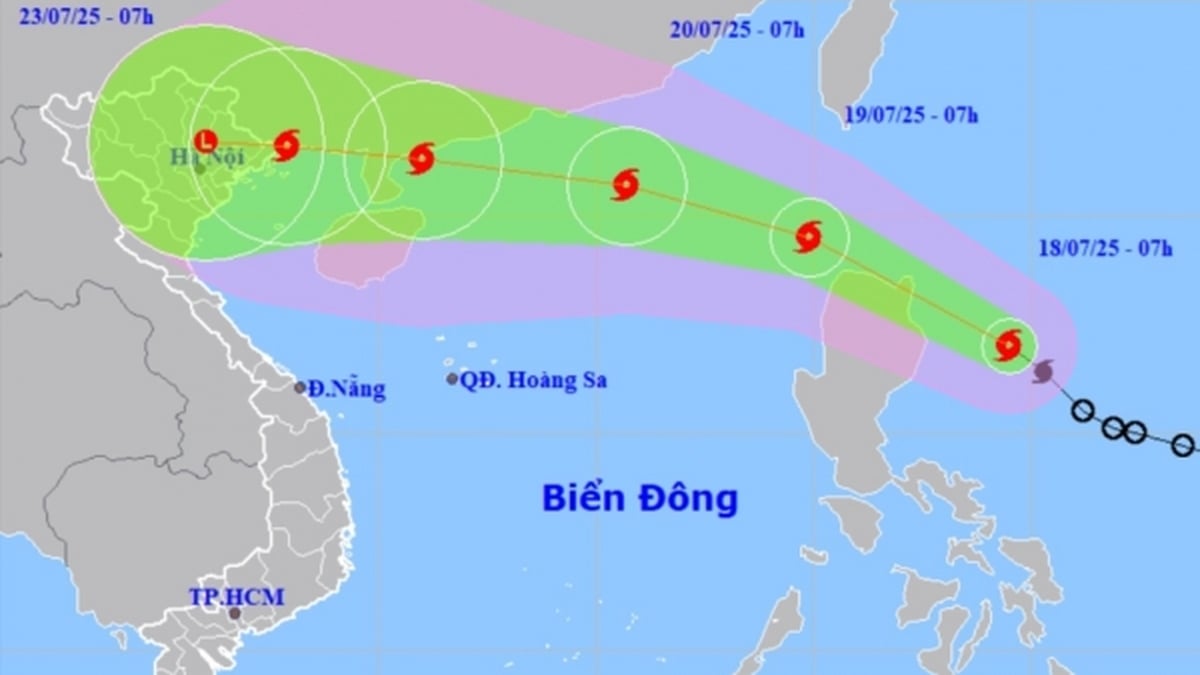








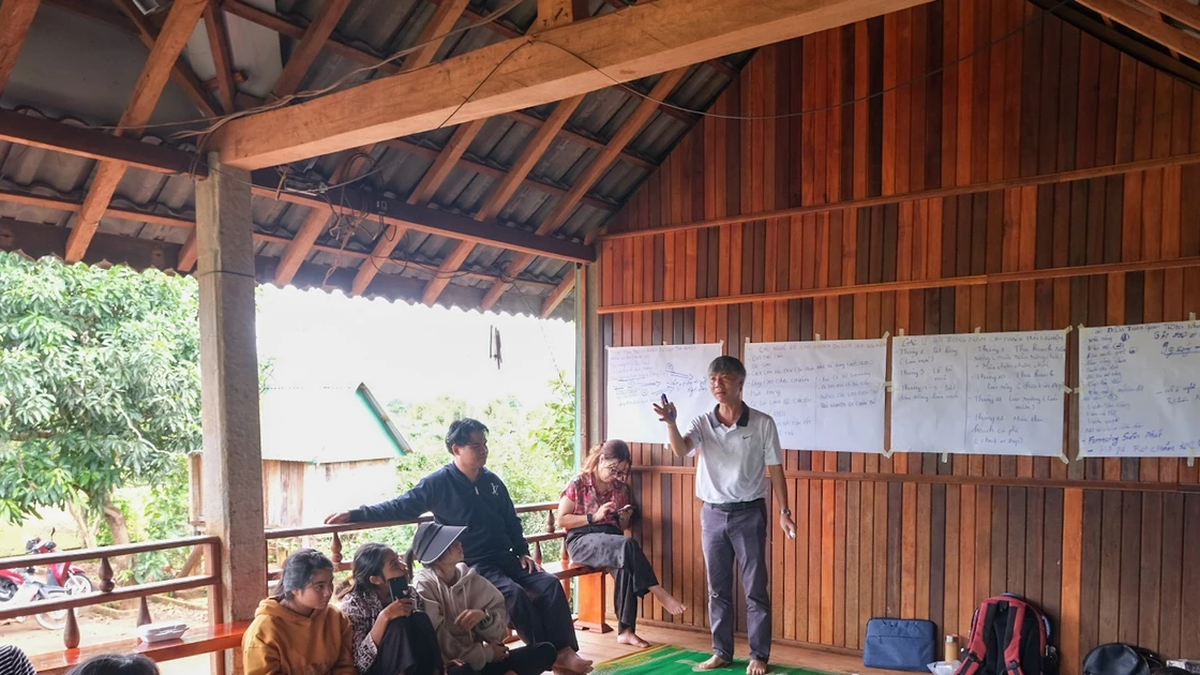













































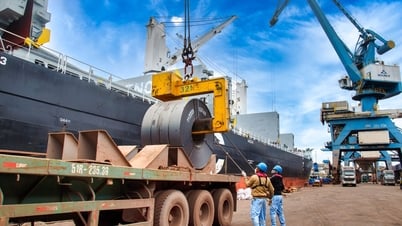










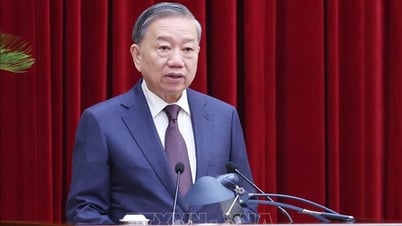









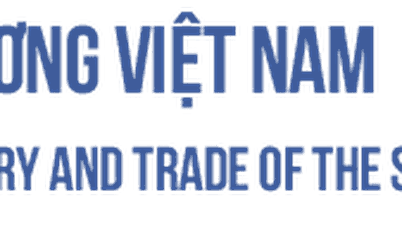
















![[Infographic] In 2025, 47 products will achieve national OCOP](https://vphoto.vietnam.vn/thumb/402x226/vietnam/resource/IMAGE/2025/7/16/5d672398b0744db3ab920e05db8e5b7d)







Comment (0)